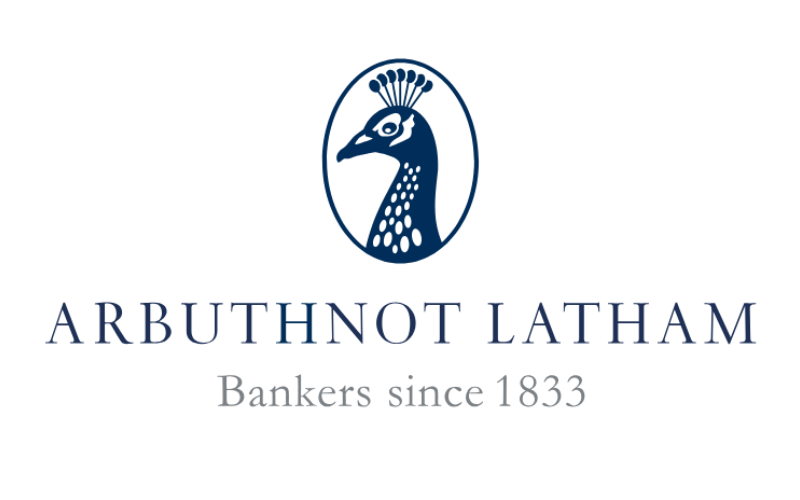Arbuthnot Latham, a UK based private banking, wealth and investment management specialist, has made its first allocation to a catastrophe bond fund after spending time analysing the asset class and gaining an appreciation for the relatively uncorrelated returns cat bonds can offer. Parent Arbuthnot Banking Group plc counted UK £2.25 billion of funds under management or administration, as well as deposits of almost UK £4.26 billion as of April 30th 2025, making it a meaningful player in the UK private banking space.
Parent Arbuthnot Banking Group plc counted UK £2.25 billion of funds under management or administration, as well as deposits of almost UK £4.26 billion as of April 30th 2025, making it a meaningful player in the UK private banking space.
Like many other investors and investment managers, Arbuthnot Latham has been seeking out diversification in recent months, as it noted correlated market volatility across many asset classes.
In particular, the group has highlighted the uncertainty created by US tariff policy in 2025 as a further driver of its desire for diversification.
On which Eren Osman, Managing Director, Wealth Management explained, “In this environment, we have opted to focus on portfolio diversification to an even greater extent, protecting our clients from a variety of potential outcomes for which we have limited predictive power. Fortunately, this is not our first time dealing with unpredictable events and we know the importance of positioning portfolios to weather the storm, enabling us to capitalise on opportunities as we emerge from the disruption caused by “Tariff Man”.”
One key decision made in recent months was the additional of the firm’s first allocation to catastrophe bonds, which seems to be via a fund investment rather than direct.
Peter Doherty, Director, Head of Investment Research, commented, “This quarter, we invested in a new sector that we believe offers compelling returns diversified from other risks in our portfolio – catastrophe bonds.”
Doherty further explained, “We have followed the sector for several years and, based on our research, the terms of insurance provision have become more favourable for catastrophe bond investors, while at the same time the compensation (insurance premium), is meaningfully higher than recent past.
“The asset class has become lower risk, despite higher projected returns. The current expected yield is roughly 11% (which is based on a spread above cash rates of 7%), gross of any insurance losses incurred.”
Recent market volatility as well as a realisation that trends of the past may not be good predictors of the future for markets, have led numerous investors and investment managers to explore the catastrophe bond and broader insurance-linked securities (ILS) asset class in 2025.
For firm’s like Arbuthnot Latham that are looking to add diversification to their portfolios through return-yielding assets that are uncorrelated to the majority of others, catastrophe bonds and their track-record are proving a strong draw.
Doherty further stated on the cat bond allocation, “Our investment is diversified across different types of disasters and geographies, reducing our risk. While we like this investment from a return potential, it is also uncorrelated to our other assets. When compared to the stock market, weather events are not influenced by economic factors.”


